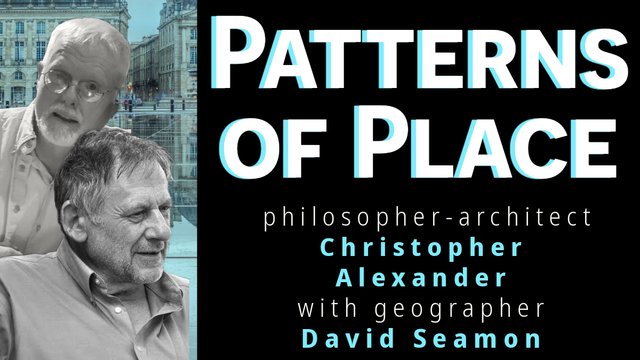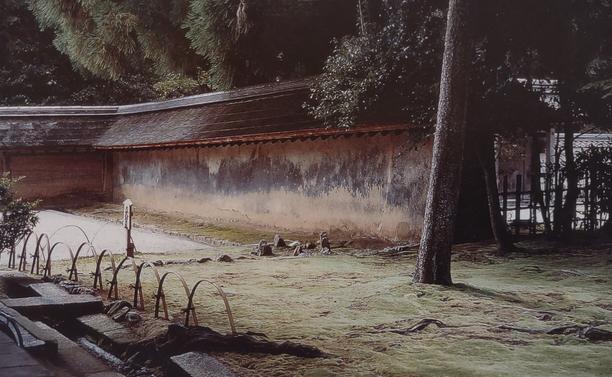From Christopher Alexander’s The Process of Creating Life, pg 339-340:
The creative work is to illuminate, to reveal what is already there . . . but this takes depth of perception and love . . . certainly profound knowledge of the nature of space and its structure. To do it, successfully, we are called upon to make another crucial revision in our views about the nature of things: We have always assumed that the process of creation is a process which somehow inserts entirely new structure into the world . . . in the form of inventions, creations, and so on. Living process teaches us that wholeness is always formed by a special process in which new structure emerges directly out of existing structure, in a way which preserves the old structure, and therefore makes the new whole harmonious. Thus the process of making wholeness is not merely a process which forms centers or the field of centers in space . . . it is a process which gives special weight to the structure of things as they are.
The enigma is that something new, unique, previously unseen — even innovative and astonishing — arises from the extent to which we are able to attend to what is there, and able to derive what is required from what is already there. . . and that all this, then, will lead to astonishing surprises.
In this context, creativity looks entirely fresh. The act of creation is not a willful process like the art of Michelangelo, which we evaluate according to its novelty. It is, instead, a process in which we most deeply express our reverence for what exists.
If we concentrate on understanding by what process each part must become itself — in just the right way which emerges from its position in the whole — it will be tied to the whole, harmonious with the whole, integrated with the whole, yet unique and particular according to just the unique conditions which occur in that part of the whole. This will give us the living process, and our understanding of it, too, in its entirety.
https://www.youtube.com/watch?v=0-QVkAAonwc
The arc of time, the stench of sex
The innocence you can't protect
Each quarter note, each marble step
Walk up and down that lonely treble clef
Each wanting the next one
Each wanting the next one to arrive
https://markcarrigan.net/2024/10/17/on-respect-for-what-exists/
#ChristopherAlexander #creation #form



